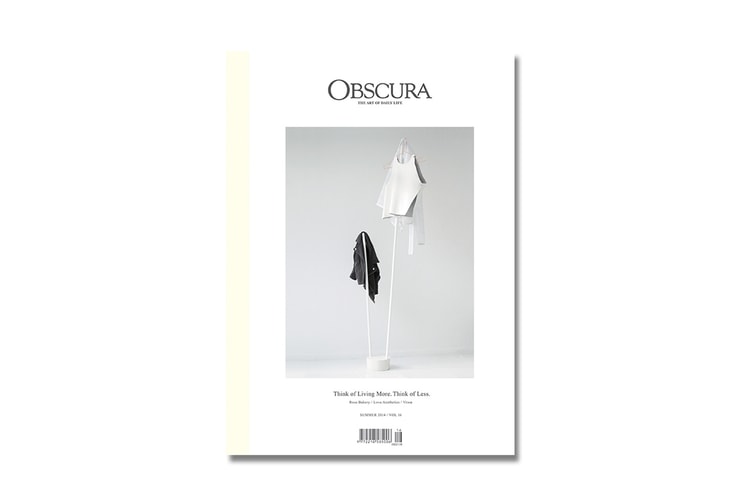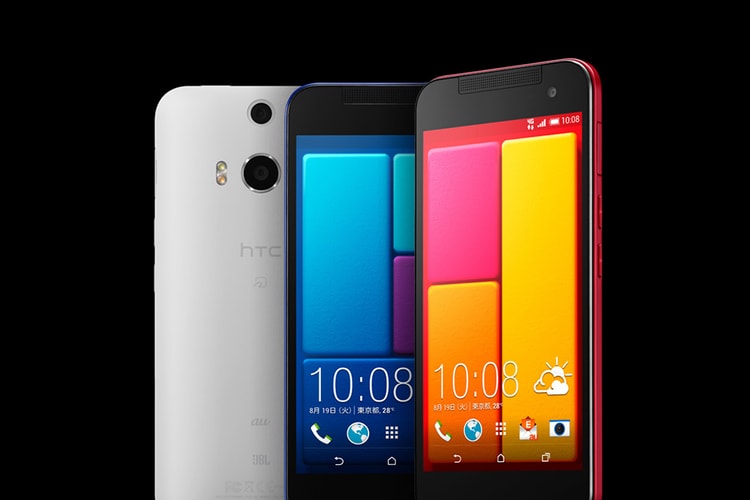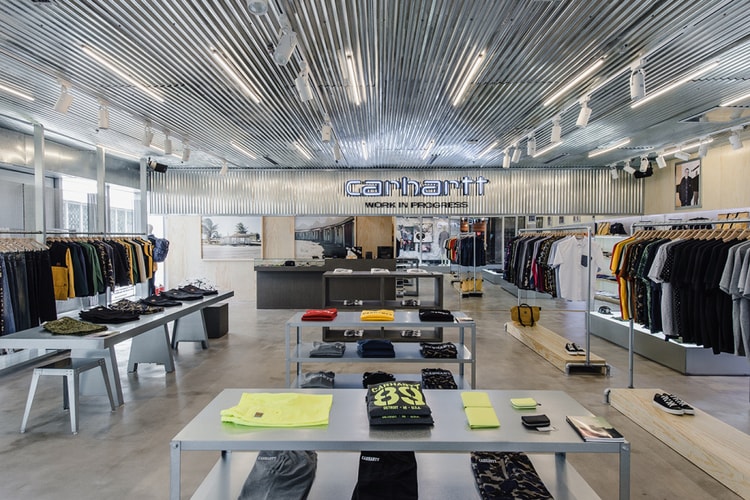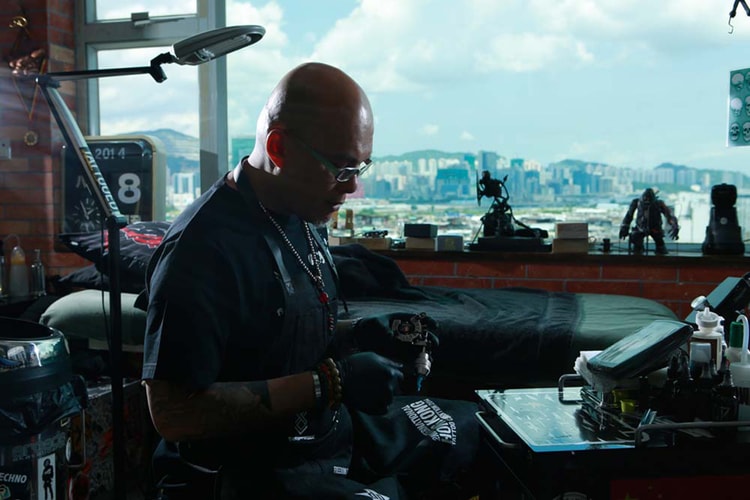Apple 鼠标设计师 Jim Yurchenco 谈论工作生涯
Apple 的鼠标尽管看上去简单,但背后的创作过程是需要经过多少次的尝试于失败才最终演变出来,然而这一切均离不开工程师先驱 Jim Yurchenco 的功劳。然而该为最新正式宣布退休并拥有 80
Apple 的鼠标尽管看上去简单,但背后的创作过程是需要经过多少次的尝试于失败才最终演变出来,然而这一切均离不开工程师先驱 Jim Yurchenco 的功劳。然而该为最新正式宣布退休并拥有 80 多项专利的工程师接受了《WIRED》杂志的访问,想读者们分享了他难忘的人生历程。欣赏以上影片的同时也可以通过以下或前往这里查看完整的访问。
Building the Apple Mouse
Yurchenco was just a year or two out of school when he got a call from an old Stanford pal, David Kelley. Kelley had just started a new design firm and asked if Yurchenco might want to join as an engineer. That meant a proper salary—Yurchenco had been working at a medical tech start-up, being paid mostly in stock—so he agreed. The company was called Hovey-Kelley; Ideo was still a few years off at that point. But thanks to co-founder Dean Hovey’s relationship with Jobs, Apple became one of the young company’s first clients.
Becoming a Master of Making
The design process for the Apple mouse embodied a few things that continue to define Ideo. For one, it was very much a hands-on affair. “We were always making stuff,” Yurchenco remembers. “Prototyping as fast, as dirty, as rapidly as possible.” Ideo predates CAD, 3-D printing, and CNC, at least insofar as any of those technologies were cheap enough for a fledgling design studio to afford.
Yurchenco worked primarily with pencil and paper, and for years his most sophisticated tool was an HP calculator. Today’s powerful workflows, which let you build a fully-realized product in a piece of software and then command machines to materialize it in the same room, simply didn’t exist back then. You just had to build stuff yourself, piece by piece.
The Secret: Keep Asking the Same Questions
Yurchenco has had a ground-level view of the design industry from the start of the personal computer revolution. So what’s changed?
For one, he says, concerns like usability have become a major part of the design process from the beginning. That involves questions like: How do people react to a product? And how might they abuse it? What will they do wrong, and how can the product help prevent them from doing that? “If our design is allowing them to do something wrong, it’s not their fault. It’s our fault,” he says.


















